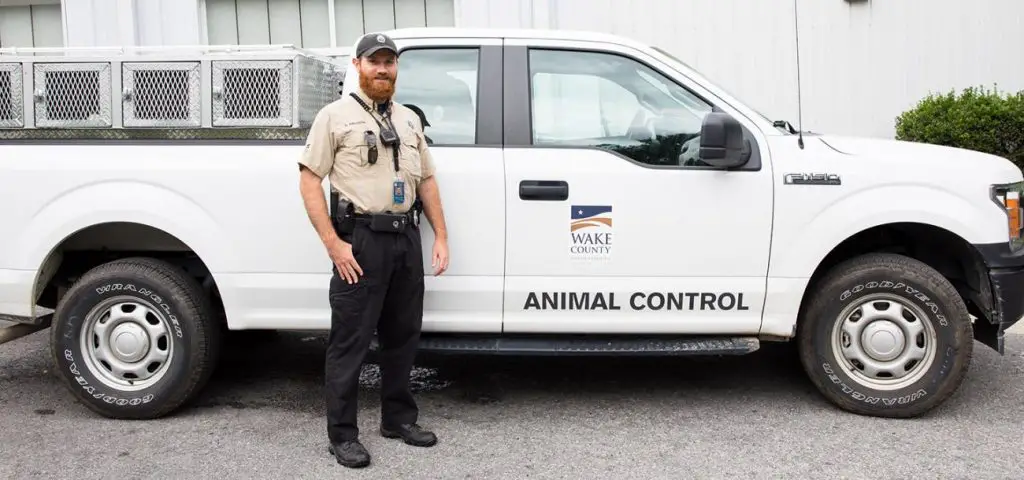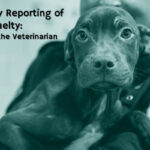In today’s highly interconnected world, the anonymity afforded by modern communication can evoke feelings of both security and discomfort. One significant area of concern arises when individuals find themselves on the receiving end of a call to animal control. The question that looms is simple yet profound: Can you find out who made that call? This inquiry opens a Pandora’s box of ethical dilemmas, legal considerations, and the insatiable human curiosity surrounding such surveillance phenomena.
At its core, the notion of discovering the identity of an anonymous tipster who alerted authorities to potential concerns regarding animal welfare is perplexing. On one hand, there is a legitimate desire to address misunderstandings or false allegations that might stem from miscommunication or neighborly conflicts. Conversely, the motivations behind these anonymous calls merit scrutiny, prompting a reflection on our societal norms regarding animal rights and responsibilities.
To navigate these waters, it’s essential to comprehend the operational frameworks of animal control agencies across various jurisdictions. Typically, these organizations prioritize the welfare of animals, addressing reports of neglect, abuse, or dangerous conditions. They receive calls from concerned citizens who may witness a troubling situation and feel compelled to take action. The anonymity of these tipsters often serves as a protective measure, aimed at encouraging individuals to report concerns without fear of reprisal.
While many animal control agencies maintain strict confidentiality regarding the identity of callers, understanding the procedural mechanisms can illuminate potential avenues for inquiry. It is generally advisable for individuals on the receiving end of a complaint to contact their local animal control office directly. Open dialogues can sometimes yield clarity about the nature of the complaint without breaching the confidentiality laws that govern such complaints.
If direct communication does not yield the desired insights, individuals should contemplate the broader context of their case. Consider the possible motivations behind the call. Oftentimes, reports stem from misunderstandings rather than malice. For instance, a neighbor may misinterpret a dog’s growl or an unkempt yard as signs of abuse. In such instances, not only could the original caller be operating under misguided beliefs, but the context may illuminate that their intentions, while misguided, are rooted in concern for animal welfare.
Acknowledging the potential for misunderstandings steers the conversation towards proactive solutions. Engaging in neighborly relationship-building can serve as preemptive measures against future anonymous calls. For instance, hosting informal gatherings or seeking common ground on community concerns can foster an environment in which direct communication flourishes, thus reducing the likelihood of misunderstandings escalating to official reports.
It’s also important to examine the ethical implications surrounding anonymous reporting. While the expressed intention is undoubtedly towards animal welfare, one might argue that this practice can lead to a climate of fear or uncertainty among pet owners. Living in a state of trepidation, constantly wondering if one’s actions might provoke an anonymous report, raises complex questions about personal freedoms versus communal surveillance. The duality of this situation — the finer balance between vigilant oversight and potential harassment — highlights a pressing societal tension that warrants further introspection.
For those facing formal investigations stemming from such calls, it is imperative to understand your rights. Familiarize yourself with local animal laws and regulations, as they can provide essential insights into the probable outcomes of investigations. If accusations are ungrounded, documentation and evidence of responsible pet ownership — such as veterinarian records, photographs, or testimonials from neighbors — can fortify one’s position when engaging with animal control authorities.
In the face of allegations, an individual’s demeanor during interactions with animal control is pivotal. Remaining composed, courteous, and cooperative can prove beneficial in navigating inquiries while fostering a spirit of mutual respect. Remember that animal control officers are often overwhelmed with calls, dealing with serious situations on a daily basis. Cooperation can lead to a swifter resolution, as well as an opportunity to demonstrate responsible pet ownership.
There exists a silver lining amidst the complexities surrounding anonymous calls—enhanced awareness of animal welfare. Regardless of the motivations behind the call to animal control, these incidents can act as critical touchpoints for community awareness concerning the responsibilities of pet ownership. This scenario can galvanize education and advocacy efforts focused on responsible animal care, emphasizing the importance of ongoing dialogues about animal rights within local communities.
In conclusion, while the quest to uncover the identity of those who call animal control may prove elusive and fraught with ethical dilemmas, the focus instead can shift to fostering understanding and community engagement. Such proactive efforts can mitigate the need for anonymity in complaints and cultivate environments of open communication, thereby strengthening the community’s commitment to animal welfare. The exploration of these dynamics underscores a universal truth: the treatment of animals is a reflection of our collective values, an opportunity for us to nurture compassion, empathy, and accountability within our communities.








